This post is in response to the recent Guardian opinion piece “Music education is now only for the white and the wealthy”, by Charlotte C Gill, and the reaction it generated.
In her article, Gill claims that traditional music education concentrates too much on music theory. She suggests that a shift towards a more practical form of music education could open up the subject to a wider audience. Perhaps unsurprisingly, her article generated a lot of criticism, with over 700 people signing an open letter denouncing her conclusions as “simple anti-intellectualism”. At OpenScore, we believe music theory to be an important skill, one that is essential to developing a full understanding of music history and culture. However, we agree with Gill that music theory sometimes serves as a barrier to music appreciation. Fortunately, OpenScore can help to remedy this situation.
OpenScore will create digital editions of famous classical pieces, allowing students to listen and follow the score.
We find it hard to disagree with Gill’s assessment of music notation as a “cryptic, tricky language […] that can only be read by a small number of people”. Her critics object that this “flies in the face of countless initiatives [to make] musical literacy available to those of many backgrounds”, but one cannot help but wonder why these “countless initiatives” were necessary in the first place! OpenScore is able to provide students and educators with something they have not had access to until now; a free set of digital tools to make music notation fun and easy to understand. By offering scores as digital files, students can actually hear how the music sounds as they follow along in the score.
The fact that standard music notation is difficult to learn is borne out by the prevalence of alternative forms of notation, such as guitar tablature and chord symbols, which provide a shortcut to making music. Video games like SingStar and Guitar Hero aim to give players the “musician experience” as they perform on a virtual stage. These games proved massively popular despite (or because of) the fact their makers chose to substitute real music notation for a simpler notation-like interface. These days, many amateur musicians skip notation altogether and learn to play piano pieces by copying hand movements from YouTube videos. These developments should not be seen as a threat to traditional music practice. Rather, they should be seen as an opportunity to engage with an audience that would not otherwise have been interested in learning music. As these people progress, some of them will undoubtedly become interested in learning proper notation and the theory behind it. By providing standard notation along with the alternative forms they are used to, OpenScore can make the transition as easy as possible.
OpenScore can highlight piano keys alongside standard notation.
Of course, not all students struggle with notation. Advanced students with an eye for composition can take OpenScore’s digital scores and edit them with notation software to produce their own arrangements and orchestrations. OpenScore files are free from copyright restrictions, allowing students to publish and share their arrangements under their own terms. The files are compatible with all popular music notation programs, including MuseScore, Finale and Sibelius. Students at the University of St Andrews have already used OpenScore resources to produce a translation of a French opera.
OpenScore's digital scores are free from copyright, accessible, and can be edited with music notation software.
Now that our Kickstarter campaign has reach it's funding goal, OpenScore stands ready to provide free music notation to suit everyone. Our ever-expanding collection of digital scores makes it easy to listen and follow along with standard notation, and our accessible scores provide specialist notation for those who are physically unable to read standard notation. We can even provide alternative forms of notation for those who are not yet ready to face the challenge of standard notation, and we can ease the transition when they are.






